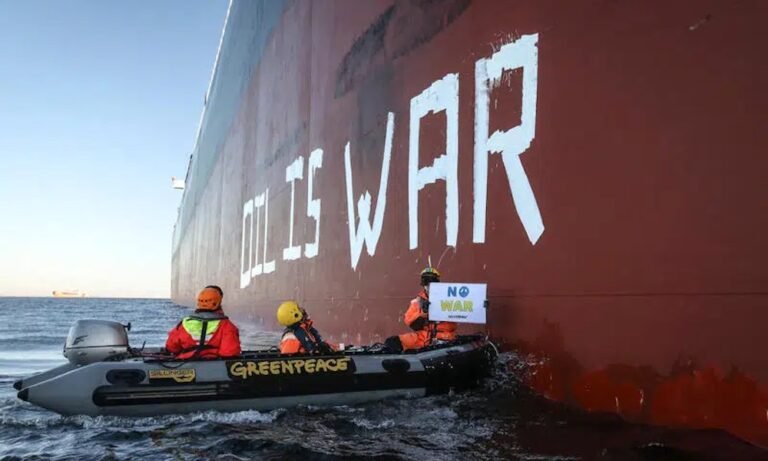Aframaxes Surpass VLCCs as Dominant Sanctioned Vessel Type
Aframaxes now account for 22% of the total sanctioned vessel population, up from 5% in 2022, having overtaken VLCCs as the dominant vessel type under sanctions in 2024, according to new data from Signal Ocean Platform.
Signal currently lists close to 1,000 ships as sanctioned with tankers accounting for two-thirds of the total.
In 2022, when sanctions first started to expand, only 18 aframaxes were under sanctions according to Signal, accounting for 9% of the total sanctioned tanker population. By 2025, this has grown to over 200 aframaxes, making up 34% of the sanctioned tanker population.
“This growing targeting of Aframaxes is due to them being best suited to transporting oil products from ports and regions under wider economic sanctions, such as the Black Sea, a key region for Russian oil exports,” Signal explained in new research published yesterday.
In addition to this, aframaxes are also used in short-haul deliveries to larger vessels in neutral waters to obscure the origin of the cargo.
Dry bulk vessels make up 26% of the total sanctioned population, the new data shows.
“Geopolitical tensions and the changing nature of relations between countries will continue to drive sanctions, which have far-reaching effects on freight rates and commodity prices,” Signal advised.
The number of vessels hit by sanctions surpassed 1,000 by the end of last year, according to a different data provider, S&P Global Market Intelligence, who maintain that more 800 of these ships do not have confirmed insurance. Moreover, the average age of sanctioned ships – 21 years – is some eight years older than the global average, adding to growing concern that the sprawling so-called shadow fleet could lead to multiple costly environmental catastrophes.

